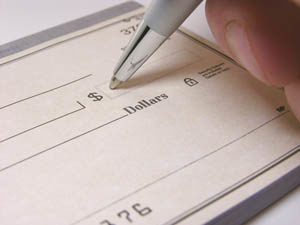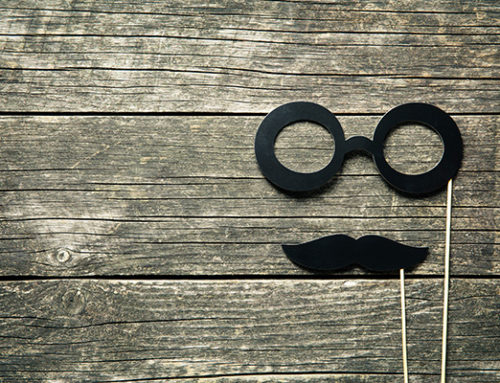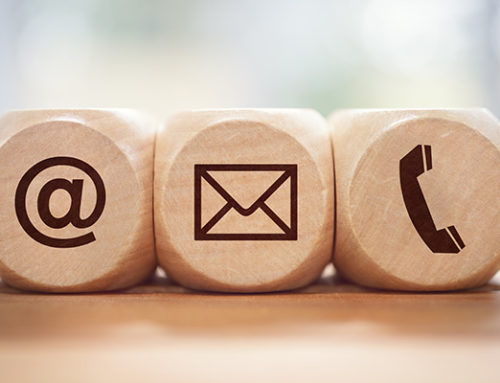 So you’re sifting through your mail when a great envelope catches your eye.
So you’re sifting through your mail when a great envelope catches your eye.
You pause for a minute, admiring it.
Colorful… Playful… Imaginative… sparking a curiosity.
You open it up out of some need to learn more.
The first thing that catches your eye is the headline. It’s bold, it’s engaging, and it speaks to a need you’ve now just become aware of. Did that need exist previously? You’re not sure, but it does now and you NEED to find out more.
So you start reading… And you KEEP reading.
Now you’re hooked, and a feeling is building in you that this letter is speaking DIRECTLY to you.
“Yes, yes I can benefit from this” would be the sentiment you’re feeling. There is something drawing you through the letter and this need intensifies. You want more.
“How do I get this?” you ask yourself. “I need it… and I need it NOW”.
Conveniently there is a response device right there so you eagerly read it, and while one hand reaches for your wallet the other grasps this piece of paper that is going to tell you exactly HOW TO GET YOUR HANDS ON THIS thing you never realized you wanted but now desperately need …when…
…suddenly…
…you stop to think… and you realize you don’t actually want this anymore.
The need vanishes.
Gone.
And with a quick flick of the wrist, the letter with all that captivating text, the envelope that did exactly what it was designed to do, all of it gets tossed in the recycling bin.
Forgotten.
Just like that.
What happened?
Quite simply the response device didn’t close the deal. Everything was in place, the elements were working together, the customer’s need intensified, and the sale all but guaranteed, but the last, most crucial step, failed to deliver.
There’s nothing worse than sitting through a really good piece of copy only to hit the key element, the response form, and fall flat. Think of all that hard work on getting the prospect to open the envelope, then convincing them to read more than the just the header, captivating them with copy that excites them, then to lose them at the most crucial moment.
Ugh.
It’s funny how sometimes we get caught up in the seemingly simplest of things. For me it’s exactly this, the response form. For some reason I often struggle in designing and creating an effective order form. “Send me your money to get stuff” just doesn’t cut it.
So what’s a direct marketer to do? How do you ensure that everything leads to the customer taking that final step?
With that in mind here are my 7 surefire tricks to help close the deal:
- Remind the customer of the benefits. It’s likely here where you’re presenting the price for the first time, so you had better make sure the customer continues to make the crucial connection between benefit and cost. And it need not be said but I’ll state it anyway….the benefit better outweigh that cost. Many customers will gloss over your entire offer, hitting only the headlines, and that includes the response form, so make the benefits visible and clear.
- Highlight those freebies. Now is the time to really drive that freebie home, especially if you can associate a value with it. Would it normally retail for $9.95 yet they get it for free with their order? Show them the price, then cross it off. Suddenly a freebie has got value to it.
- Reassure the customer. Anyone making a purchase or donation wants to feel good about spending their hard earned money; that they are making the right choice. It’s here where the customer may question themselves, so address those questions with lines like:
“Yes, this cream is PROVEN to hide unwanted wrinkles”
“This product is NOT available anywhere else”
“This is the lowest price for this you will ever see”
“Your simple donation makes a BIG difference in the lives of…” - MAKE IT SIMPLE. This is perhaps the very first rule I learned when it comes to the response form, keep it simple. If you can pre tick options for the customer, do it. If you can fill in information for the customer ahead of time, do it. Don’t ask them to complete more than the bare essentials. It’s not an application for a mortgage. No one wants to waste their time and if it is (or even looks) too cumbersome then it’s going to challenge customers, and now is not the time.
- Re-iterate time constraints. This is your last chance to get the customer to act, and if you’re using a ‘time limited’ or ‘first 100 orders receive’ type tactic then now is the last chance to spur that sense of urgency.
- Personalize it. And do this both ways, both with the customer’s details and your own touch. A personal guarantee written to them, a handwritten note, something to add the human touch.
- Who are you? This is where the customer will look for your company details, so be sure to have them here. Even if it’s unnecessary to have your address because it’s on the reply envelope, it does not hurt to have it here too.
Plus, an extra tip for those with a bit more of a budget, include some type of action device (sticker, peel off and reveal, scratch off) to keep the reader’s attention. This type of device has been proven to keep readers engaged and can further drive home incentives or bonuses. Including this on your order form maintains engagement and helps to drive action!
This may sound like a lot for a response device, but it’s worth taking the time to carefully ensure you’ve taken every single necessary step to make sure you close that deal!






